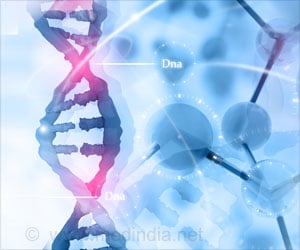Innovative method of targeted gene therapy helps reverse rare genetic neurodevelopmental disorders in children.

‘Innovative method of targeted gene therapy helps reverse rare genetic neurodevelopmental disorder (AADC deficiency) in children. The method serves as a transforming treatment for AADC deficiency and other similar genetic and neurodegenerative diseases.
’





This worsens the activities like muscle control to the extent where children are unable to speak or even hold up their head and oculogyric crises (seizure-like episodes). The novel method aims to deliver targeted gene therapy to the midbrain for treating the condition. "Remarkably, these episodes are the first symptom to disappear after gene therapy surgery, and they never return. In the months that follow, many patients experience life-changing improvements. Not only do they begin laughing and have improved mood, but many are able to begin speaking and even walking. They are making up for the time they lost during their abnormal development," says study co-author Dr. Krystof Bankiewicz, professor of neurological surgery at Ohio State College of Medicine who leads the Bankiewicz Lab.
The Reprogrammed Therapy
The study directed the gene therapy infused with the viral vector in 7 children among the age group of 4 to 9 years. A dramatic improvement of symptoms, motor function, and quality of life was noted.
The infusion is delivered extremely slowly in the targeted brain region and is monitored for its pattern of spread within the brain tissues using real-time MRI imaging.
Advertisement
The method promises to transform the treatment of AADC deficiency and also serves as a layout for treating other genetic as well as common neurodegenerative diseases, such as Parkinson's and Alzheimer's disease.
Advertisement













